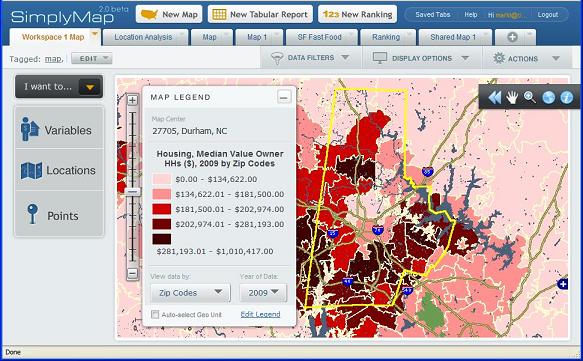 Understanding library users’ research goals remains a key element of the Perkins Library’s Strategic Plan. As part of the Library’s User Studies Initiative, Teddy Gray surveyed the Biology Department in the Fall of 2010 to discover what tools and resources departmental members use in their research, researchers’ data management needs, and the impact of the BES Library closing in 2009.
Understanding library users’ research goals remains a key element of the Perkins Library’s Strategic Plan. As part of the Library’s User Studies Initiative, Teddy Gray surveyed the Biology Department in the Fall of 2010 to discover what tools and resources departmental members use in their research, researchers’ data management needs, and the impact of the BES Library closing in 2009.
DATA AND DATA MANAGEMENT IN BIOLOGY
From the 18 interviews of faculty, graduate students, postdocs, and lab managers, we learned–not surprisingly–that nearly all the interviewees use data in their research, most of which they generate themselves. Half incorporate data from others into their work with nearly a third using sequence data from GenBank. Out of the 12 interviewees who generate data in their labs, two-thirds archive their data in existing repositories.
In addition to the interviews, this survey also examined research articles produced by Duke Biologists from 2009 in which we paid special attention to their methods sections and citation patterns. From analyzing departmental research articles, we found out the nearly 40% of the authors deposited their research data into either GenBank or a journal archive. Only one author deposited data into another existing scientific repository. Again nearly 40% of the authors used a general statistical package in their work (SAS and R being the most popular), while nearly half used a biology-specific statistical tool.
THE (RISE?) PREVALENCE of R
Almost everyone interviewed uses statistical tools in their research with over half now using R. Many also use biology-specific statistical programs.
PRINT VERSUS ELECTRONIC
All but one of the interviewees prefer the online versions of library material over the print. A third use image databases–primarily Google Images–in their teaching and presentations; however, only one interviewee knew of subject specific image databases such as the Biology Image Library. And while some interviewees missed the convenience of easy shelf browsing with the BES Library so close by, all are happy with the daily document delivery to the building.
FINAL THOUGHTS
We are grateful to the Biology Department for their support (and time) in conducting this survey and plan to use the results as the basis for library services. Data and GIS Services is always interested in hearing more from Duke researchers about the nature of your research! Please let us know if you would like to discuss your research interest and/or library needs.


 Data visualization and data management represented the core themes of the
Data visualization and data management represented the core themes of the 







